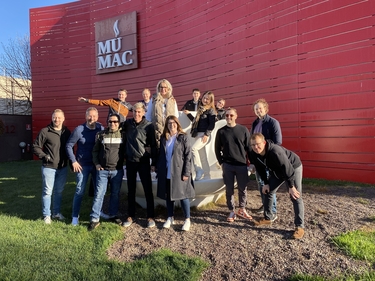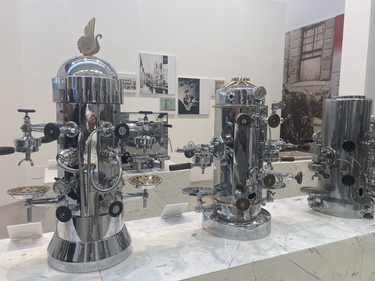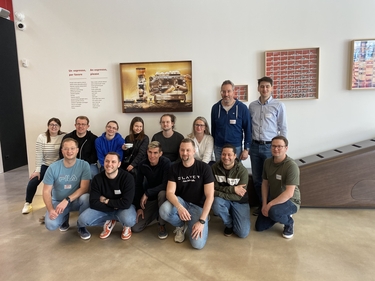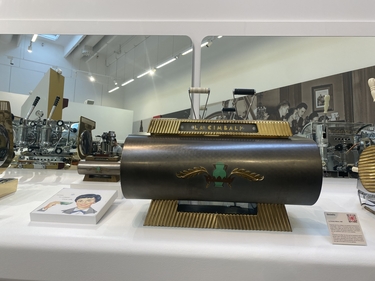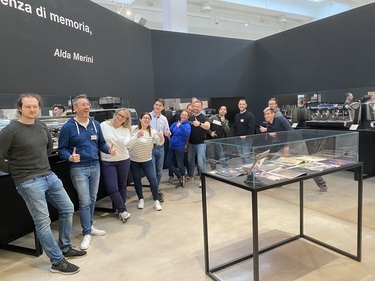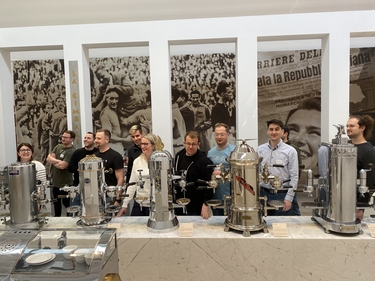
From the pot to the fully automatic machine
The first coffee machines were very simple and comprised a pot that was filled with water and coffee powder and then heated up over an open fire. As soon as the water boiled, the pot was taken off the fire so that the coffee powder could sink to the bottom and the coffee could be drained off.
In the course of time, different types of coffee machines were developed that made preparing coffee quicker and easier. One of the earliest coffee machines was the "drip pot" that was developed in France in around 1800. This comprised a glass container with a filter made of linen through which the coffee dripped into a carafe. In the course of the 19th century, various types of coffee machines were developed, including the "Napoletana" or "Cuccumella" which were both created in Italy in the early 1900s. The first espresso machine, which is known as the "Caffèe Gaggia", was developed by Angelo Moriondo in 1884 in Turin, Italy. In the 1960s, semi-automatic and fully automatic coffee machines were introduced that facilitated easier and faster preparation.
Today, there are many coffee machines on the market that are equipped with advanced technologies such as integrated grinders, programmable settings or telemetry units, such as those of the café+co machines.
Innovations in coffee machine technology have helped to improve the quality and taste of coffee and to make preparing coffee easier and more convenient. Without these enhancements, coffee culture would never have developed as we know and love it today.
A journey back into the past can offer a good starting point to develop innovations for the future. And this was also the case for our café+co Explorers. The impressions that they gained in the museum showed them the origins of coffee culture and provided a whole lot of motivation for new ideas. The café+co Explorers would like to offer their sincere thanks to the Gruppo Cimbali for the great insights!

